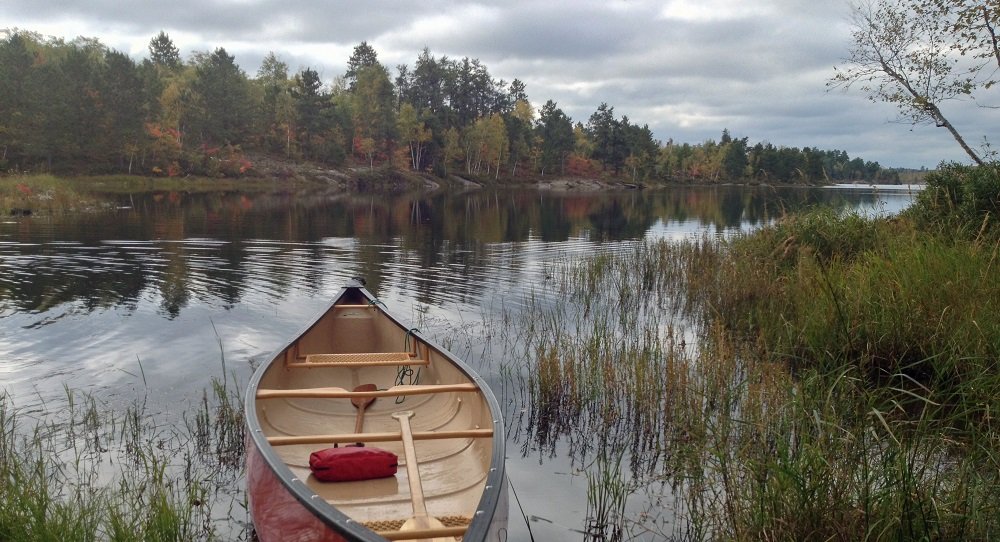
A new investigation by the Cambridge scientists sheds light on what happens when organic matter decomposes in freshwater lakes. The study suggests that the plant debris in lake sediment suppresses production of methane and promotes toxic greenhouse gas emissions.
As vegetation in and around waterways keeps on changing, with forest cover being lost. Additionally, global warming boost causes wetland plants to flourish, the numerous pools of the northern hemisphere – has a noteworthy source of methane. And scientists predict that the rate could double in next 50 years.
The study recommended the revelation of yet another “feedback loop” in which natural disturbance and environmental change trigger more greenhouse gas emissions that further warms the planet.
Dr. Andrew Tanentzap, from the University of Cambridge’s Department of Plant Sciences, said, “We believe we have discovered a new mechanism that has the potential to cause increasingly more greenhouse gases to be produced by freshwater lakes. The warming climates that promote the growth of aquatic plants have the potential to trigger a damaging feedback loop in natural ecosystems.”
More than 77% of the methane outflows from an individual lake are the aftereffect of the organic matter shed fundamentally by plants that develop in or close to the water. This matter gets buried in the residue found toward the edge of lakes, where it is devoured by groups of microorganisms. Methane gets produced as a result, which at that point rises to the surface.
Working with colleagues from Canada and Germany, Tanentzap’s group found that the levels of methane produced in lakes vary enormously depending on the type of plants contributing their organic matter to the lake sediment.
During experiments, scientists took lake sediment and added three common types of plant debris: deciduous trees that shed leaves annually, evergreen pine-shedding coniferous trees, and cattails (often known in the UK as ‘bulrushes’) – a common aquatic plant that grows in the shallows of freshwater lakes.
These sediments were brooded in the lab for 150 days, amid which time the researchers redirected and estimated the methane created. They found that the bulrush silt delivered more than 400 times the measure of methane as the coniferous residue, and right around 2,800 times the methane than that of the deciduous.
For the confirmation, scientists spiked the three samples with the microbes that produce methane to gauge the chemical reaction. While the forest sediment silt stayed unaltered, the example containing the bulrush natural issue multiplied its methane creation.
Dr. Erik Emilson, first author of the study said, “The organic matter that runs into lakes from the forest trees acts as a latch that suppresses the production of methane within lake sediment. These forests have long surrounded the millions of lakes in the northern hemisphere, but are now under threat.”
Tanentzap said, “Accurately predicting methane emissions is vital to the scientific calculations used to try and understand the pace of climate change and the effects of a warmer world. We still have a limited understanding of the fluctuations in methane production from plants and freshwater lakes.”
The study, funded by the UK’s Natural Environment Research Council, is published today in the journal Nature Communications.